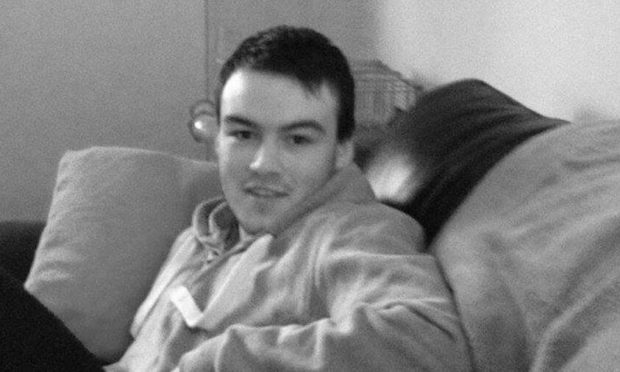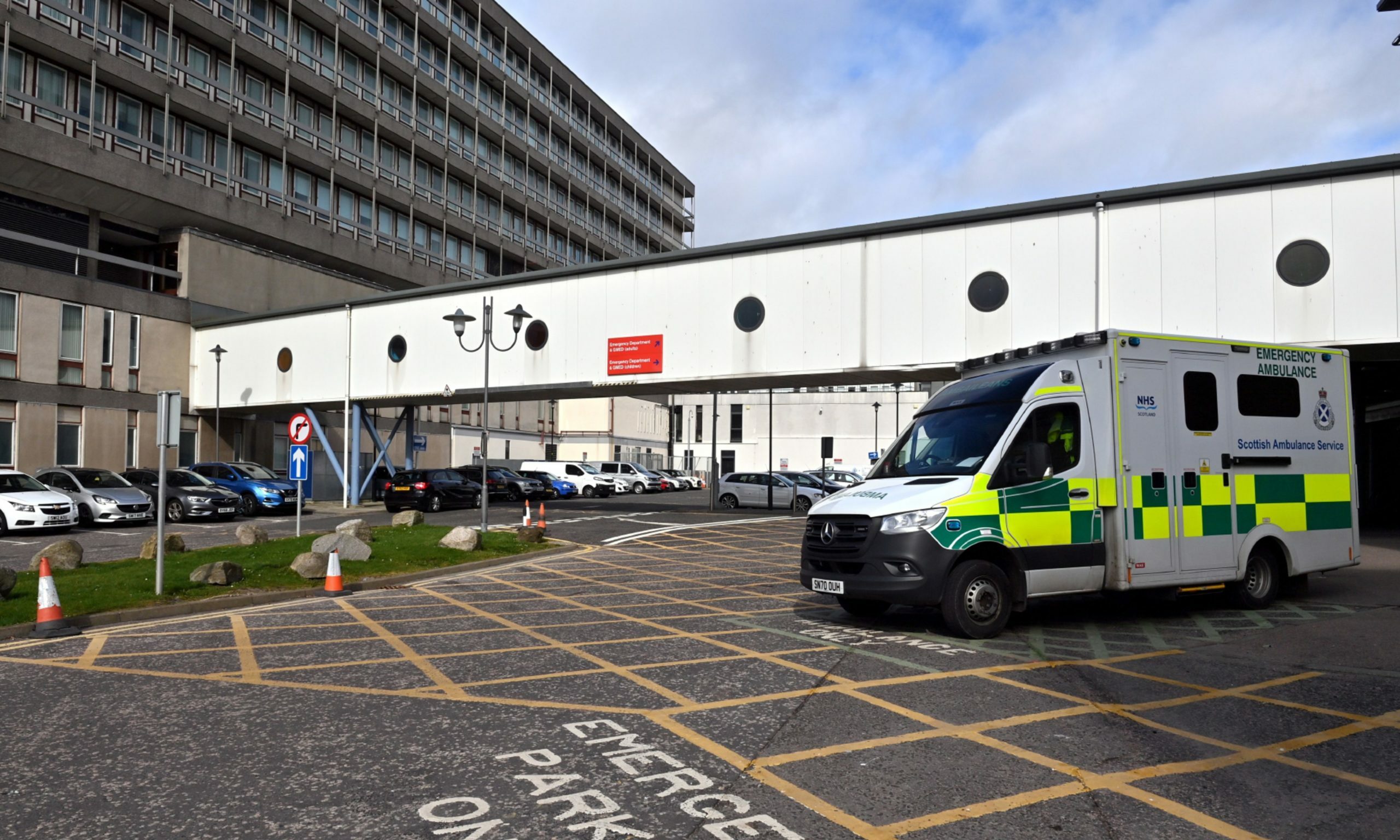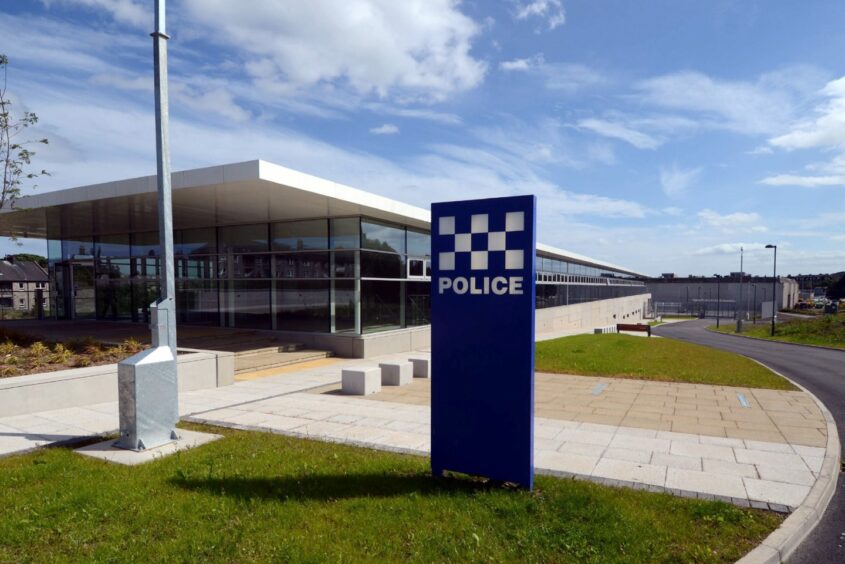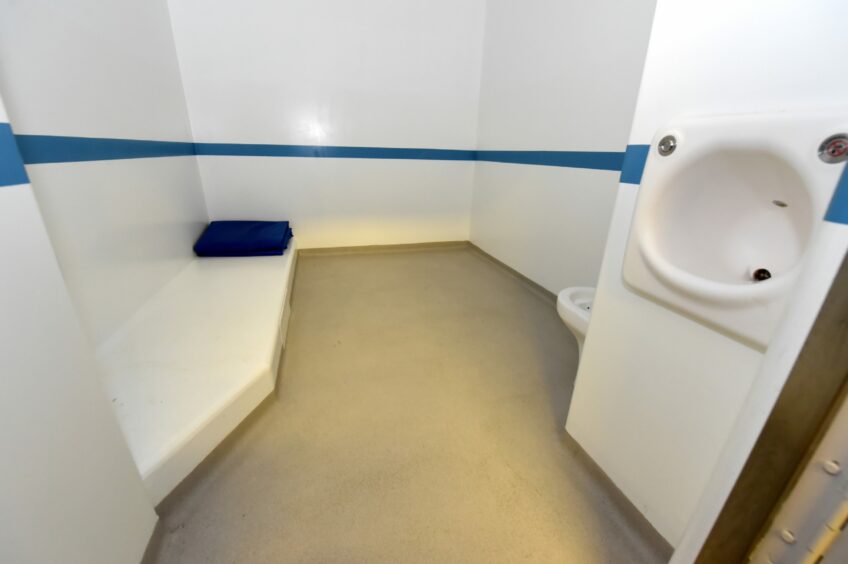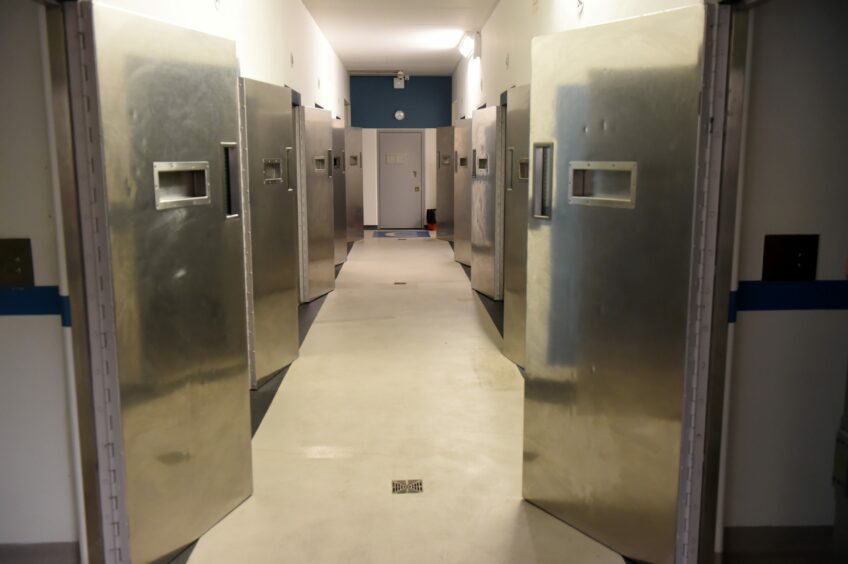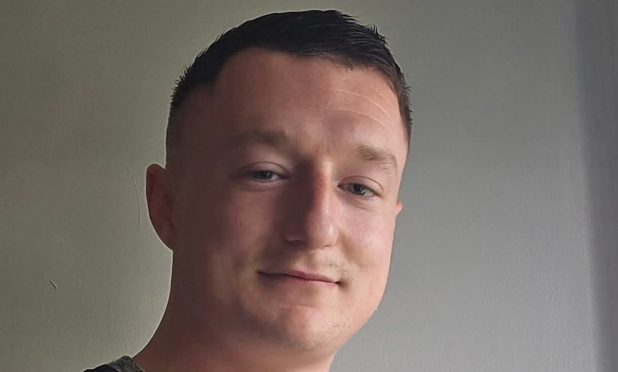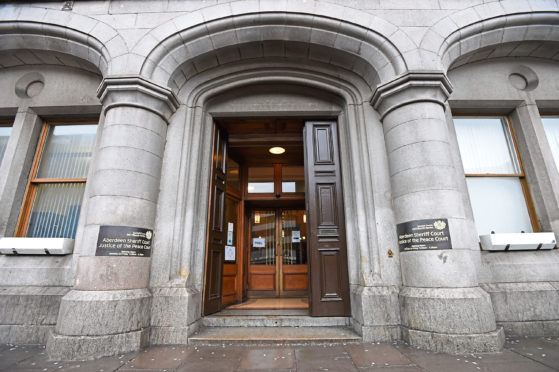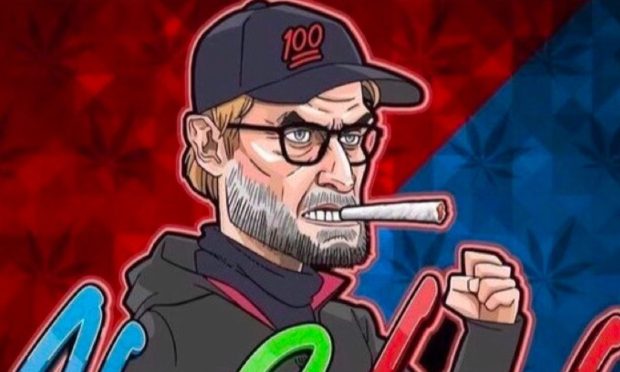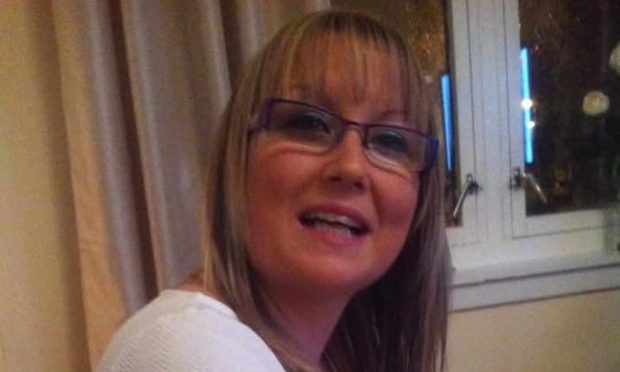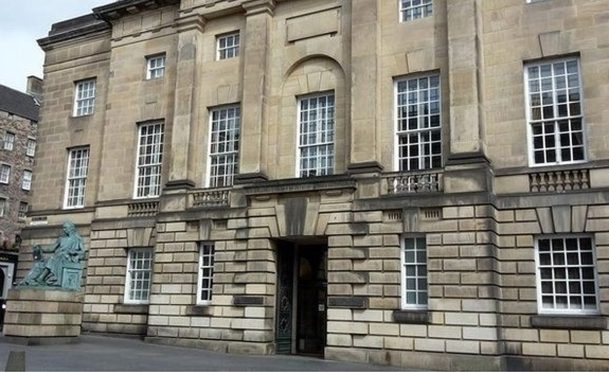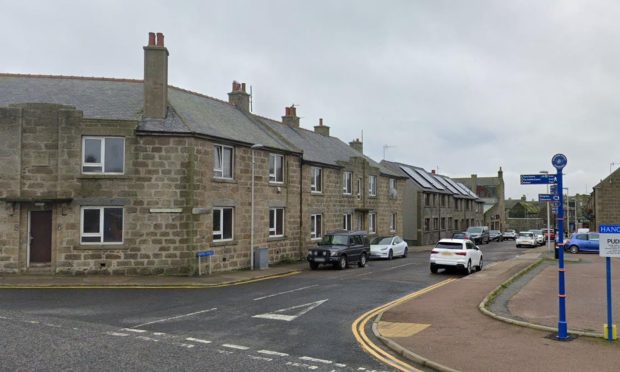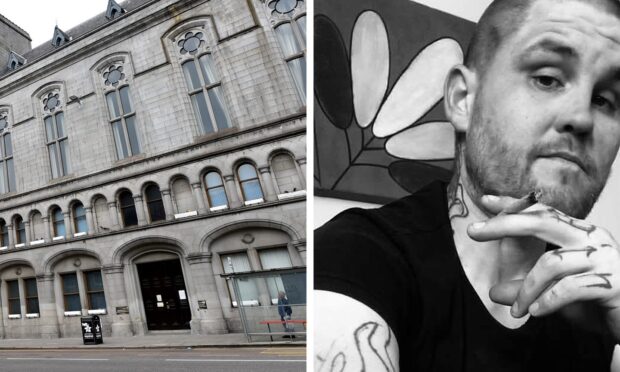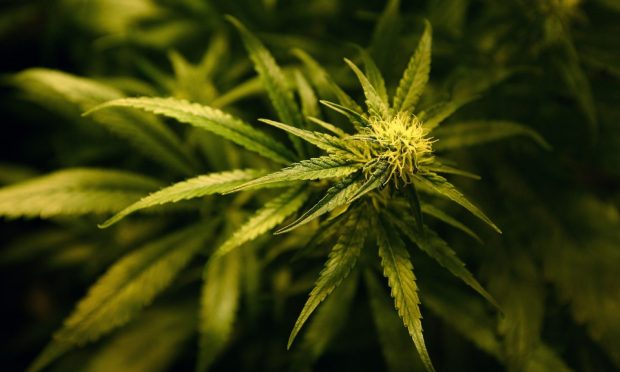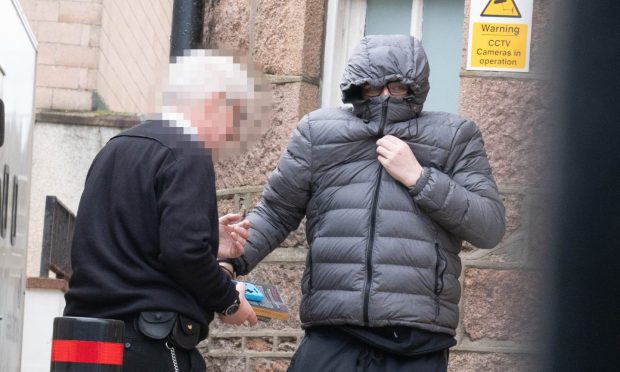A medical expert told an inquiry that an Aberdeen man may have survived a drug overdose if his worsening condition was noticed sooner in police custody.
Dr Michael O’Keefe said Warren Fenty “needed urgent medical care” from either paramedics or hospital practitioners on the morning of June 29, 2014.
The honorary senior lecturer in forensic medicine at Glasgow University talked through a report prepared for the Fatal Accident Inquiry (FAI).
A day before his death, Mr Fenty prematurely discharged himself from Aberdeen Royal Infirmary – against doctors’ advice – and then police officers detained him.
The 20-year-old had already received the intravenous drug Naloxone to counteract the effects of an overdose.
Solicitor Kate Bennett, representing the deceased’s family, examined a form generated for the duty doctor who staffed Kittybrewster Police Station at the time.
Ms Bennett noted that the document said “he has been sick and unable to keep anything down”.
She added: “There’s nothing on there about Warren Fenty having had a methadone overdose or being in hospital overnight.”
The solicitor asked Dr O’Keefe: “Would you agree that the written information on the form is lacking crucial information?”
“Yes, I would,” the witness replied.
He explained that “a distinct lack of communication and relevant information” did not adequately inform the examination, which was “brief in the extreme”.
Previously, Sheriff Morag McLaughlin heard Dr O’Keefe’s experience spanned decades as a Strathclyde Police advisor on custody care, procedures and protocols.
Ms Bennett put to Dr O’Keefe: “You say in your report that you would have considered the fact that Warren Fenty had pinpoint pupils and vomiting sufficient grounds to justify his referral back to A&E.”
Dr O’Keefe responded: “Pinpoint pupils by themselves are a cause for concern. The forensic medical examiner should consider the person is heavily under the influence of opioids.
“However, pinpoint pupils and vomiting raises the degree of concern. Both of these are primary signs of acute opioid toxicity.”
Attention turned to the issue of cell visits to check the welfare of detainees such as Mr Fenty.
At the time of his detention, the young man was on suicide watch and police personnel were required to visit the prisoner’s cell every 30 minutes.
Dr O’Keefe agreed it was his view that the custody visits were inadequate and they did not conform to the standard operating procedure in place at the time in 2014.
“They did not follow protocol and obtain the necessary distinct verbal responses.”
CCTV evidence
The witness remarked that, having seen for himself the custody centre’s CCTV, he “was of a view that they did not comply with the guidance”.
Ms Bennett suggested that during cell visits carried out latterly “there was a failure to appreciate Mr Fenty’s deterioration because there was a failure to obtain the required response”.
She asked Dr O’Keefe: “Had his deterioration been appreciated and medical attention advice sought, is it your opinion that Warren Fenty is likely to have survived?”
He said: “I think there’s every likelihood that he would have survived if appropriate medical treatment had been sought and provided earlier during the course of the night.”
Chances of survival
The expert witness said he believed so, “particularly the first time Fenty was noticed to lack an appropriate verbal response”.
And he added: “The earlier the treatment was sought and provided, the more probable his chances of survival.”
Evidence to the inquiry concluded and proceedings adjourned until May 9.
Read day one of this week’s coverage of the inquiry HERE
Read day two of this week’s coverage of the inquiry HERE
